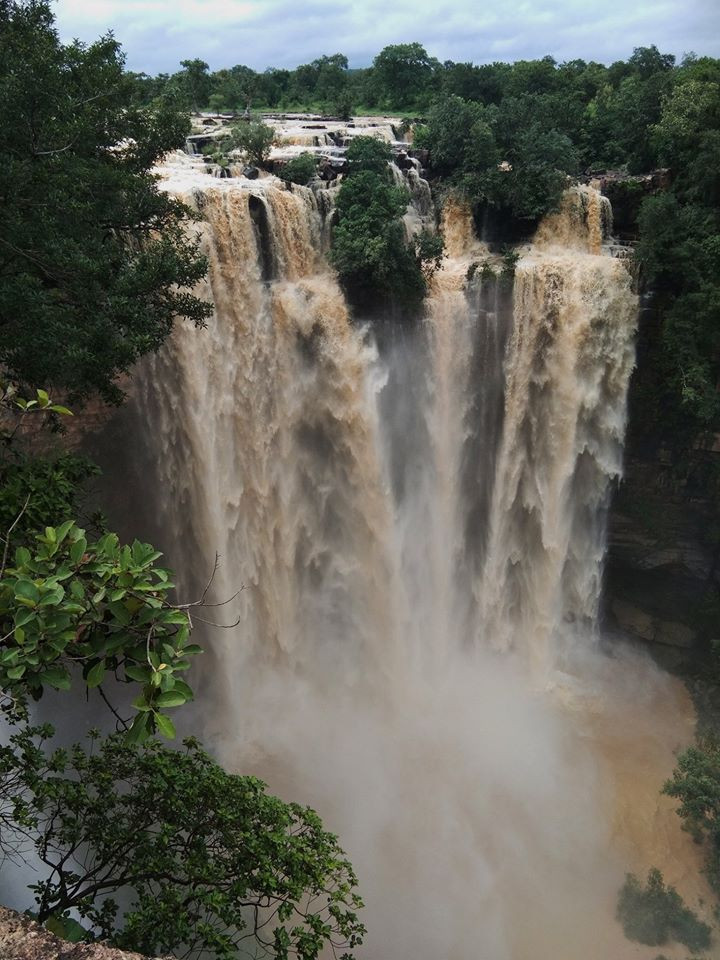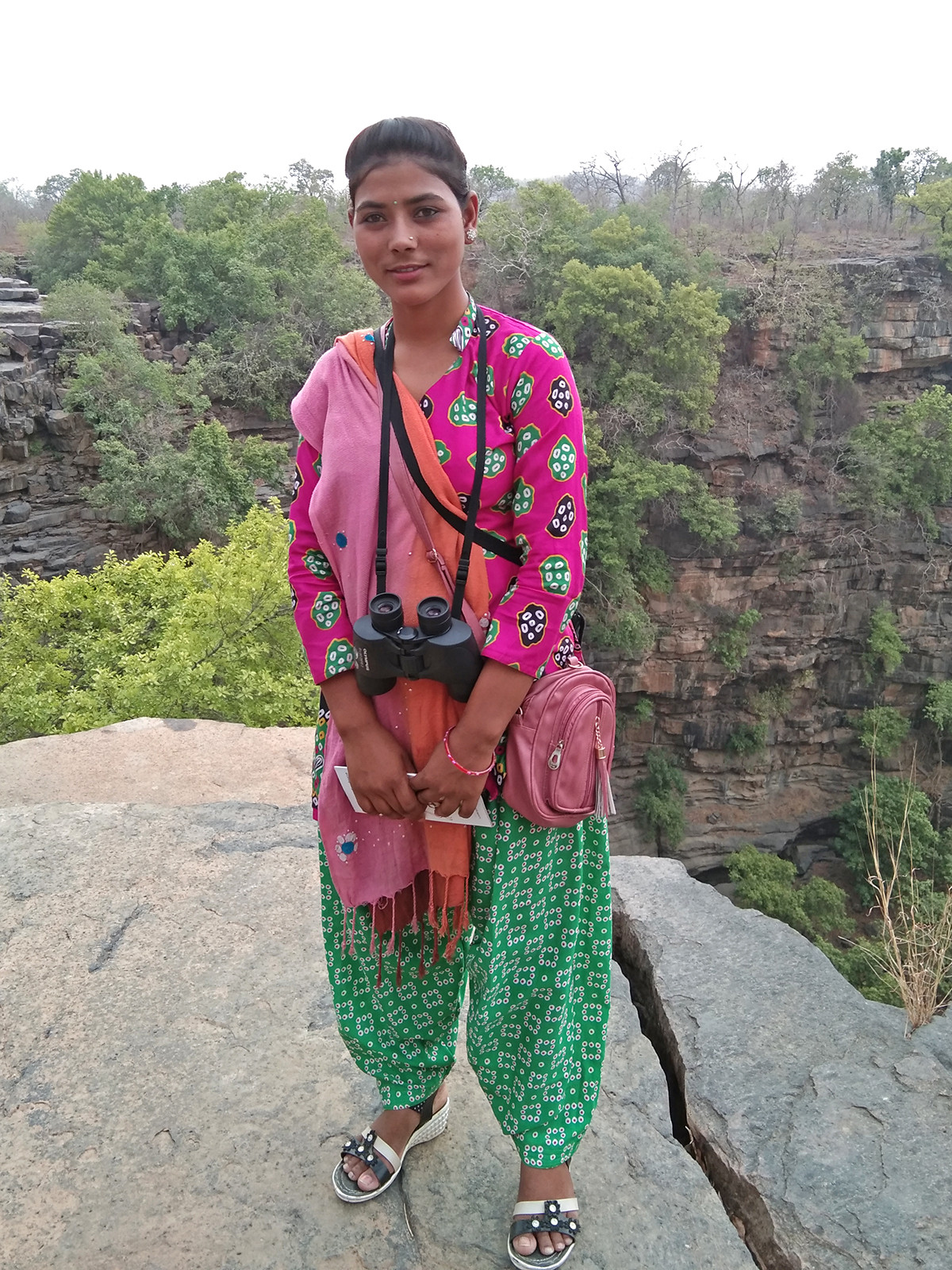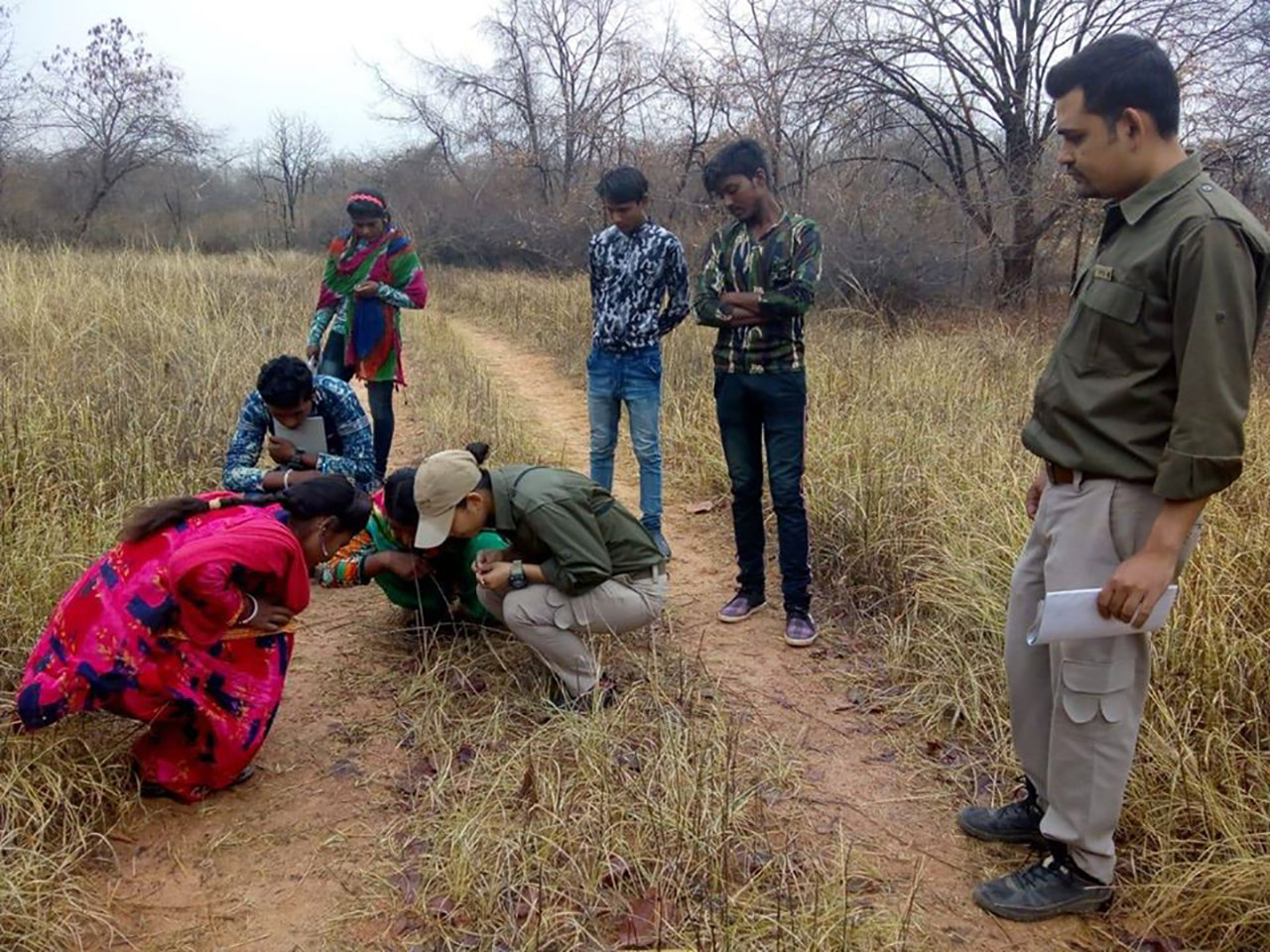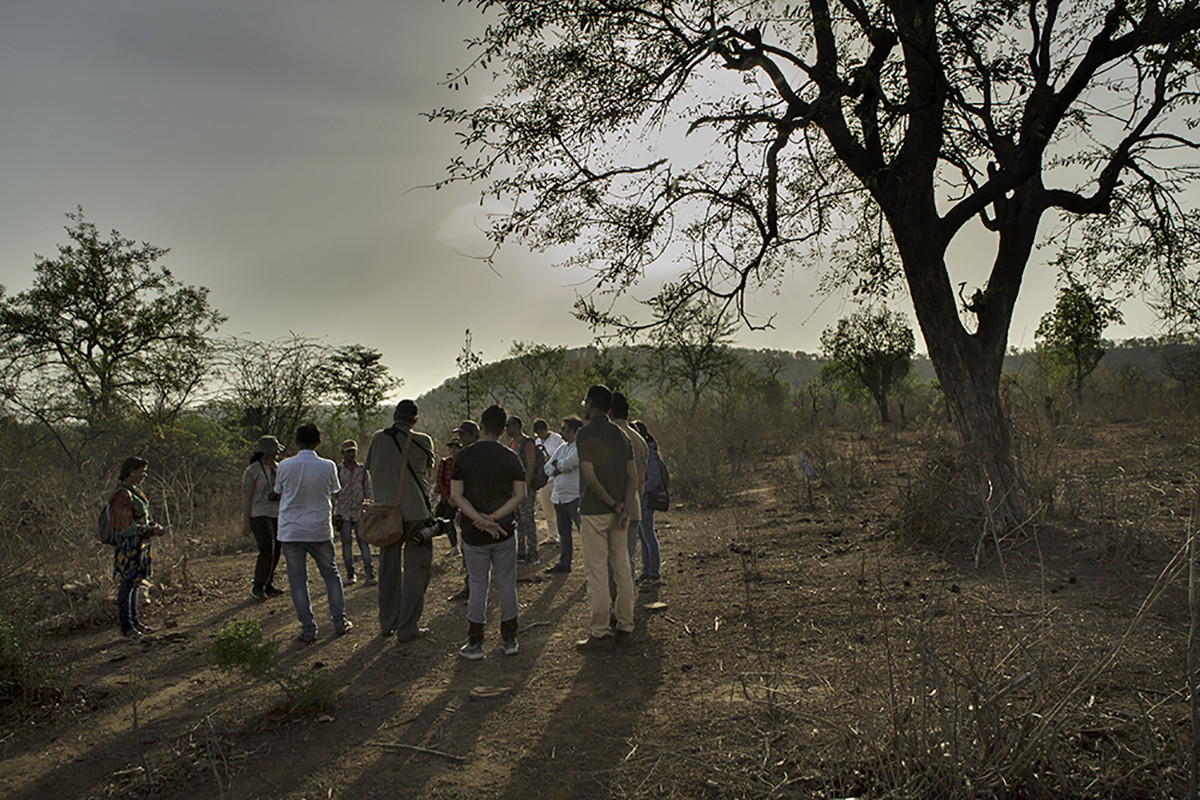I first met Reesna in the summer of 2015. Shy and soft-spoken, with striking almond-shaped brown eyes, she was the quietest student I had met, barely audible over the cacophony of the other girls, and yet there was a quiet determination about her, a hunger to learn. Cut to 2018, Reesna is a Pardhi guide, the first woman from her community to take up such a job, living away from her family and taking people for walks in the wilderness, enlightening them about the different flora and fauna.
Her favourite part of the job, however, is to share anecdotes about her community – people who are held responsible for the crash in India's tiger population. Reesna Pardhi belongs to the Pardhi community, nomads, who since the time of the Mughal emperors have been hired to help in shikaar (hunting), whether it was as a sport for the British or for the royal kitchens of the zamindars (landowners). As the name suggests – paradh in Marathi means hunt – the community's traditional occupation has been hunting. The extinction of tigers in Panna Tiger Reserve (Madhya Pradesh) by 2009 is believed to be primarily down to the activities of this community inside the forests of Panna.
But when Reesna speaks of her community, it is not with the shame or embarrassment of the past. She talks about the traditional occupation of hunting practised by those in her community (even by her family) and the changes that have taken place now, in the most matter of fact manner. “Pehle shikaar sab karte the, lekin ab sab chod diya.” (Earlier, all the community members used to hunt, but now they have given up hunting.)
Daughter to Chaas Lal Pardhi and Kilkili Pardhi, Reesna’s parents make a living from agriculture and by selling medicinal herbs. From a young age, it was clear to Reesna that she wanted to do something related to the forest like her ancestors had. It was then that Reesna with her sister Rasni and brother Sabbal, enrolled in the ‘Walk with the Pardhis’ training programme undertaken by the Last Wilderness Foundation in association with Taj Safaris. The initiative looked to channelise the age-old knowledge of the forest possessed by the Pardhi community, such as their ability of bird and animal mimicry and their skills to identify animal tracks. The idea was to take tourists on walks in the wilderness and help them understand the forest as the Pardhis do. The walk not only helped provide a source of income for the guides but also created awareness about a community that still bears the stigma of being criminals and poachers though they have made a sincere effort to change.
During training, the guides learn the basics of leading a nature trail; the sessions lay an emphasis on understanding guests, how to conduct oneself in front of guests and the art of guiding while leading a walk. They are also taught how to plan a walk, how to communicate with tourists about the length of the walk and what the walk entails, how to identify the different tracks and signs seen along the path, and how to build upon their existing knowledge about different trees and identification of birds. During classroom sessions, the participants are also taught about the different mammals commonly found on the trail, which include a description of the animal, its diet, the type of habitat it needs and its role in the ecosystem.
However, the part Reesna liked the most was looking out for birds and observing their behaviour. “Pehle binoculars se sar dard hota tha, magar ab sab cheezon ko binoculars se dekhne ka mann karta hai!” (Earlier I used to get a headache using the binoculars, but now I want to use it all the time!) With birding being her favourite activity, she took to consciously birding around her Gandhigram village as well. “Pitta sabse acha lagta hai. Aasani se dikh jaata hai aur bahut sundar dikhta hai.” (I like the pitta the most. It is easy to spot and is such a beautiful bird.) During training, Reesna believes that she underwent a complete personality change. She started taking care of herself more, her hygiene, how she looked, how she interacted with people and she wanted to pass that on to her community as well. “Main sabko bolti hoon, nahana zaroori kyun hai, khud ka khayal rakhna zaroori kyun hai.” (I tell everyone why it is important to have a bath, why is it important to take care of yourself.)
Post-training, Reesna has led many walks for tourists, and her sunny disposition and natural ability to connect with people soon earned her a place at the Taj Safaris Banjar Tola property in Kanha Tiger Reserve. Today, a confident young lady, her atypical lifestyle involves her taking guests on a walk, and allows her to also train in butlering wherein she has to meet with guests and check stay arrangements.
Far removed from what she is used to, she doesn’t let her nervousness show as she rattles off bird names when guests ask her what can be seen on the property. “White-eye, kingfisher, treepie, flycatcher,” she marks these off the field guide and smiles shyly with a soft “Yes” (a word still new to her vocabulary) when the guests ask her if she would be able to show them the same.
“Mujhe English seekhna hai, lodge par mujhe sab log thoda thoda sikhate hain. Koi nahi hansta.” (I want to learn English. My colleagues at the lodge help me whenever they can with the language, and no one laughs at me.) She speaks glowingly of her newfound family and her own family who have been extremely supportive throughout her journey. Her father stood up for her in the face of constant adversity and opposition from other community members when they objected to a girl from their community moving away from the tribe – a practice still frowned upon. “Main chahti hoon ki aur log bhi apni betiyon ko bhejein, aage badhne, kuch seekhne.” (I want more Pardhi families to send their daughters, to move ahead, to learn something new.) “Badlav aayega, par thoda time lagega. Main samjhaoongi,” (Change will come, it will take some time, but it will come. I shall help my community members understand,) she assures me as I watch her with pride, confident that she is the changemaker we need. But for now, as she reaches for her binoculars, a sudden look of concentration shrouds her face, and I realise that she would rather race off on the trail and find that pitta she loves so much, in this wilderness that she and the bird call home!





